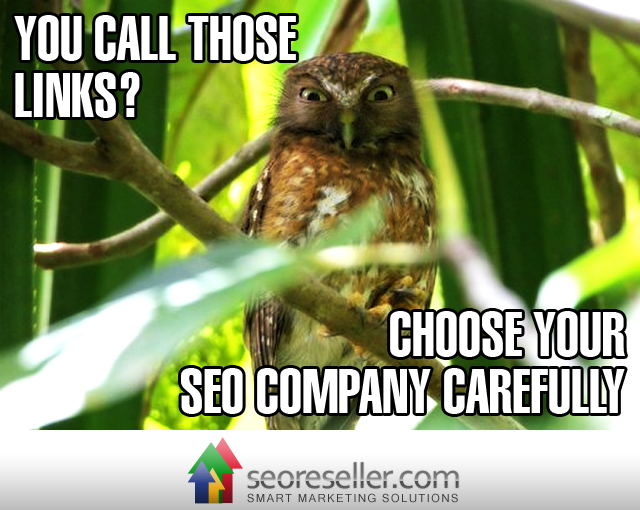Context marketing is very important because search engines have shifted their algorithms to mimic user experience.
Producing keyword-centric unique content isn’t good enough to get you or your clients the visibility you need. This is where context marketing comes in – you include your target audience in the content development equation, and you choose the right location and materials for your marketing campaign. In today’s blog, I want to share the steps you must take to do context marketing the right way.
Start by Listing Your Objectives
List all your objectives for creating content. Do you want to educate, make a sale, or engage readers in conversation? Aiming for your content to go viral is good, but how you will achieve it depends on your objectives. When setting your objectives, focus on the long term, because the short-term goals only build your foundation along the way. For example, a good objective is to keep generating organic traffic by maintaining meaningful conversations with your market; getting more clicks, likes or shares is only a short-term goal that leads to the fulfillment of this objective. Be very clear and specific when setting your goals.
Discover Your Market
You need to know who your market is, what they want to find, and how to reach them effectively. Your potential market and the people who link you to a relevant audience will not be exactly the same group. Divide your audience into segments and find the right message for each. How you will group your market is up to you – you could segment them based on geographic location, age group, gender, preferred medium or type of content, or other shared characteristics. Use a search engine crawler approach to analyzing your audience. Look at their common denominators and devise a content strategy based on their preferences. Analytics tools will come in handy at this point.
To illustrate, take a segment of your audience and ask yourself, what is my goal in reaching this group? Am I trying to make a sale, or am I trying to get an endorsement out of them? What’s on my readers’ minds when they search for this topic? Once you answer those questions, you will have a good idea of how to start your conversation with them through the content you produce.
Choose Your Medium
Do not limit yourself to plain text. Rich media is becoming more important in the search industry as search engines discover more ways of reading this kind of content. This was not the case before, when you only had to choose content that crawlers can read. Now, you can select a content type that engages your target audience more effectively. This could be in the form of images like infographics, comics, and memes; sound bites and podcasts; or videos and other slide presentations.

What you get in return is free, organic visibility.
Show Authority, Authenticity and Transparency
Engaging your target consumer in a two-way dialogue only happens when you have their trust. Show your authority in your subject matter and be transparent about the industry practices. Remember that not all your goals will be to make a sale – some of your materials are there to promote brand recall, or to nurture your leads into converting down the road. Participate in conversations as a brand, and check that your voice, your presentation, and your message all remain consistent throughout the dialogue.
Don’t afraid to be creative – you can be authoritative and transparent without resorting to hard sales at once. As I mentioned in the previous blog, tell a story that they can relate to, and begin the discussion from there. Make sure you are advocating ideas that are aligned with your original goals.
For example, when writing content about loans, be honest about the process of getting one – from the qualifications, to the documentation and requirements, to how long the application process goes, to the interest rates they can expect. This will show that you know how the system works, and you are honest about their chances of being approved. Then you can introduce the brand, how your process is aligned with the system, and how you help end clients achieve their goals through your services.
Define the R in ROI
The returns you need to measure depend on the goals you set at the beginning of the process. You will be looking at several factors like how valuable each new visit is, how your visibility influences your sales and conversions, and how many links and shares you got out of each content piece. You need to measure your level of engagement to see if your current content strategy is working. Revisit your goals, see if it has helped improve your visibility or your conversions (whether in the form of clicks, rankings, or sales), and see what kind of returns you want to target next.
For example, take lead generating website or websites with heavy phone calls. It may be difficult to truly define the return in this case. Do your math. Take the number of website visits and phone calls and create an average of what you can realistically define as a web lead. Then attach a value to it. If you have trouble doing that, take an average sale value and combine the average life cycle of a client. Looking at these values side by side shows you whether or not you’re hitting your goals and getting returns for every penny you invest on your marketing strategy.
We can help you reach your market more effectively through context marketing. Contact your account manager today for more information, or log into your dashboard to check out our content development services. If you’re not our partner yet, sign up for a free account today to get started!

![Ramp Up Your Rankings in 20 Days with These Local SEO Fixes [Infographic]](https://www.seoreseller.com/wp-content/uploads/2016/12/Thumbnail_16-Local-SEO-Fixes-768x263.jpg)

